Range Rover Evoque: Floor Console Upper Section
Removal
NOTE: Removal steps in this procedure may contain installation details.
All vehicles
1. CAUTION: The procedure must be carried out on both sides.
NOTE: LH illustration shown, RH is similar.
Torque: 1.9 Nm
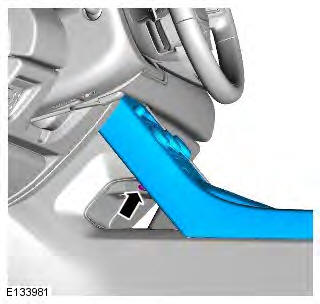
Vehicles with manual transmission
2. Refer to: Gearshift Lever Knob (308-06 Manual Transmission/Transaxle External Controls, Removal and Installation).
3. CAUTION: Carefully release the retaining clips.
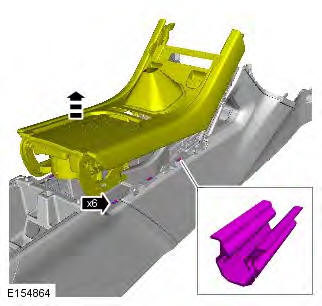
4.
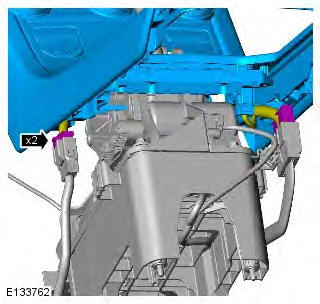
5. CAUTION: Carefully release the retaining clips.
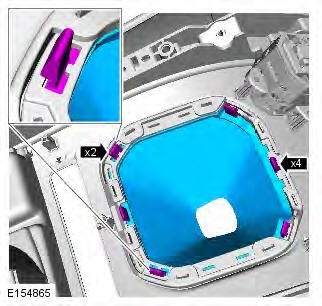
Vehicles with automatic transmission
6. CAUTION: Carefully release the retaining clips.
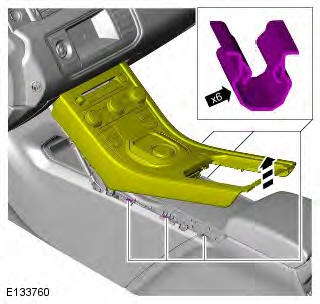
7.
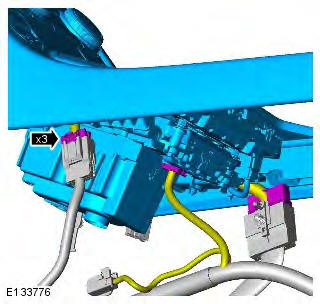
All vehicles
8. NOTE: Do not disassemble further if the component is removed for access only.
Torque:
M5 bolt 1.5 Nm
Screw 1.1 Nm
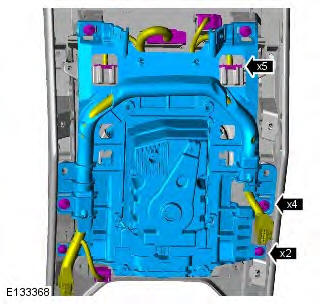
9. Torque: 1.1 Nm
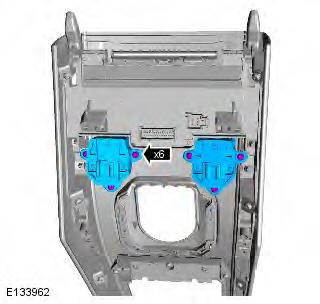
10. Torque: 1.1 Nm
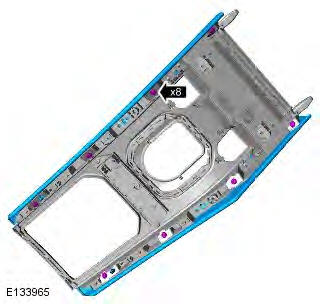
11. Torque: 1.1 Nm
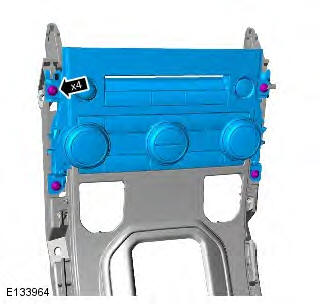
12. Torque: 1.1 Nm
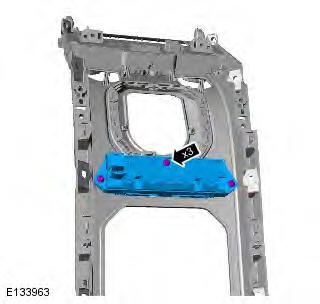
Installation
1. To install, reverse the removal procedure.
2. Connect Land Rover approved diagnostic equipment to vehicle. Read and clear the stored DTCs.
Torque Specifications


